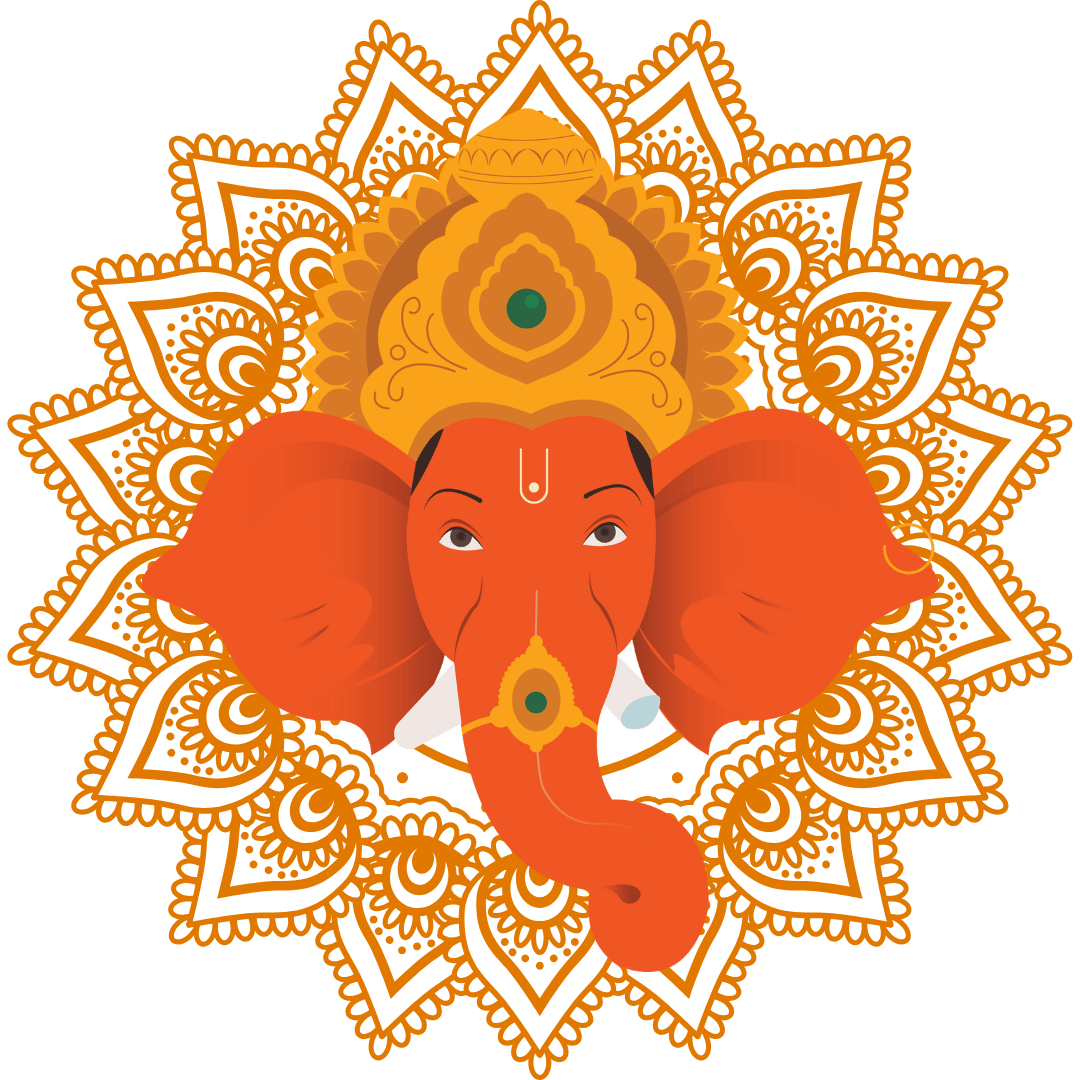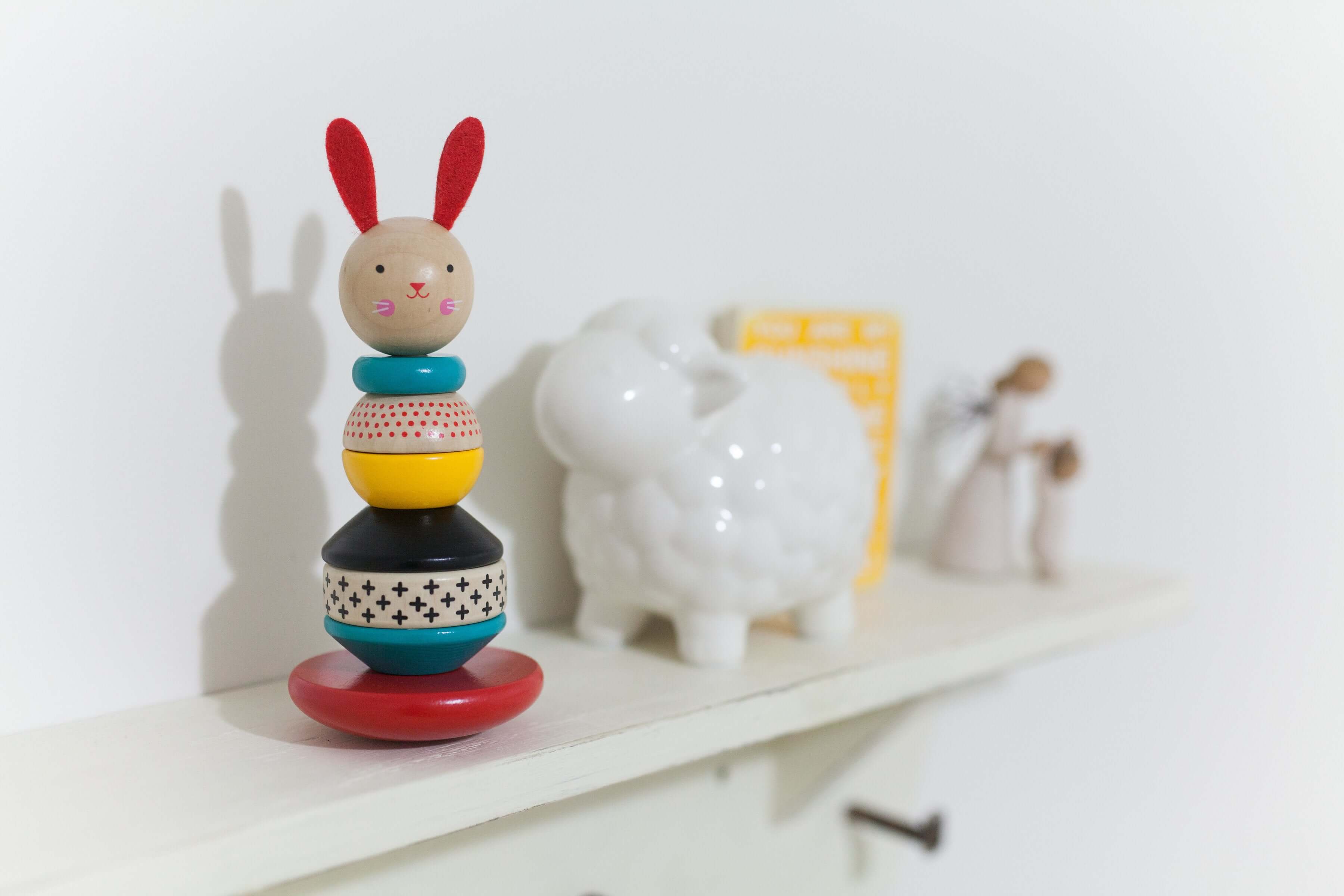Gudi Padwa – A Festival of Prosperity and New Beginnings
Gudi Padwa is a significant Hindu festival celebrated in the Chaitra month (March–April), marking the beginning of the Marathi New Year. It is a spring festival observed on the first day of the bright phase of the moon, also known as the full moon day, when lunar brightness is at its peak.
This festival is widely celebrated in Maharashtra, Goa, Daman & Diu, and other parts of India. The word "Padwa" refers to the first day of the lunar fortnight, and "Gudi" symbolizes victory and prosperity. It is believed that Lord Brahma created the universe on this day, and Lord Rama returned to Ayodhya after defeating Ravana.
People hoist a "Gudi" outside their homes—a decorated bamboo stick with a bright cloth, neem leaves, sugar crystals (gaathi), and a silver or copper pot placed upside down at the top. It is said to ward off evil and bring blessings and fortune to the household.
Traditions of Gudi Padwa
- Cleaning and decorating homes with rangoli
- Hoisting the Gudi at the entrance
- Preparing traditional foods like Puran Poli and Shrikhand
- Wearing new clothes and exchanging festive greetings
Celebrate Gudi Padwa by invoking positivity, success, and spiritual energy in your home. It’s a beautiful time to bring new idols, start fresh rituals, or gift divine idols to your loved ones for good luck.
Happy Gudi Padwa from all of us at Gold Art India!






















